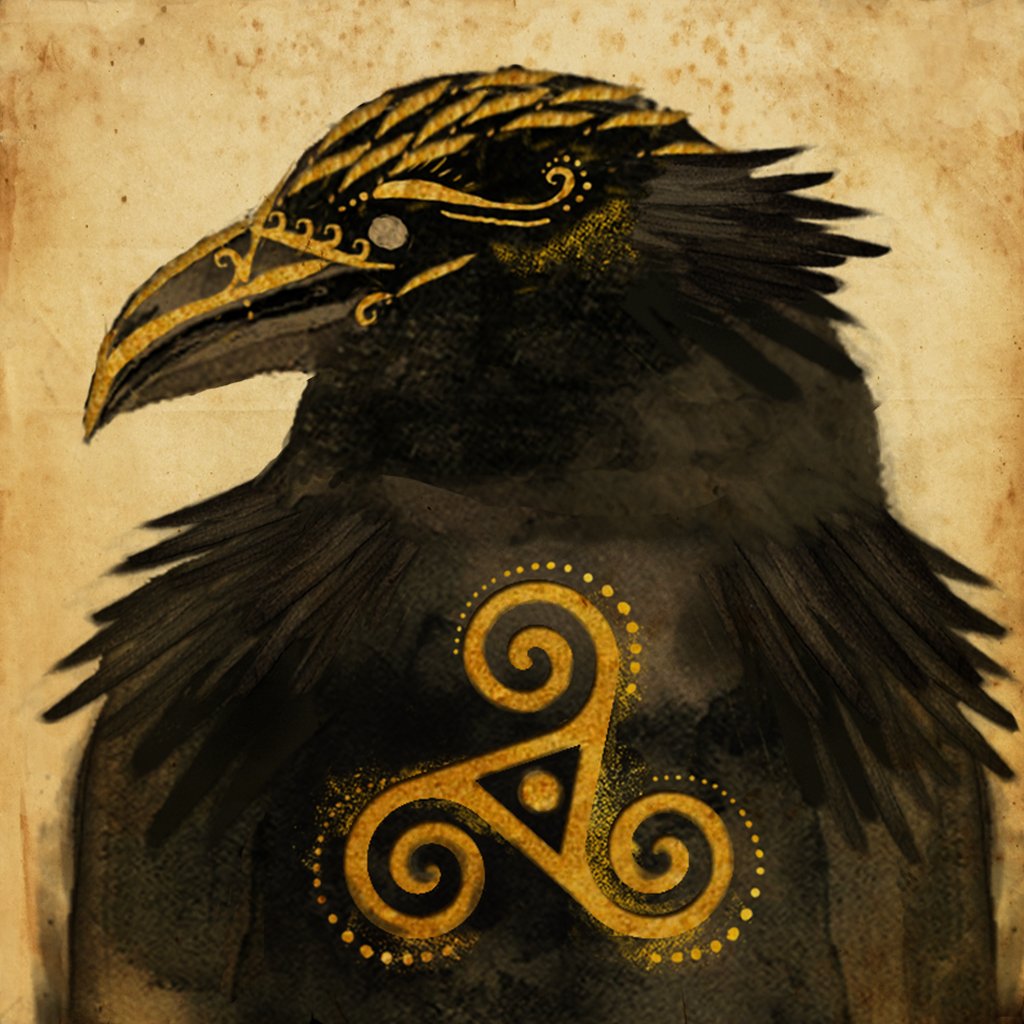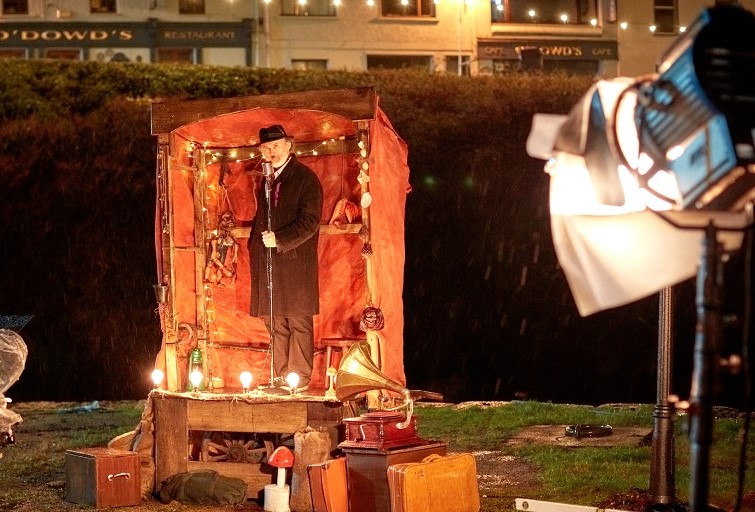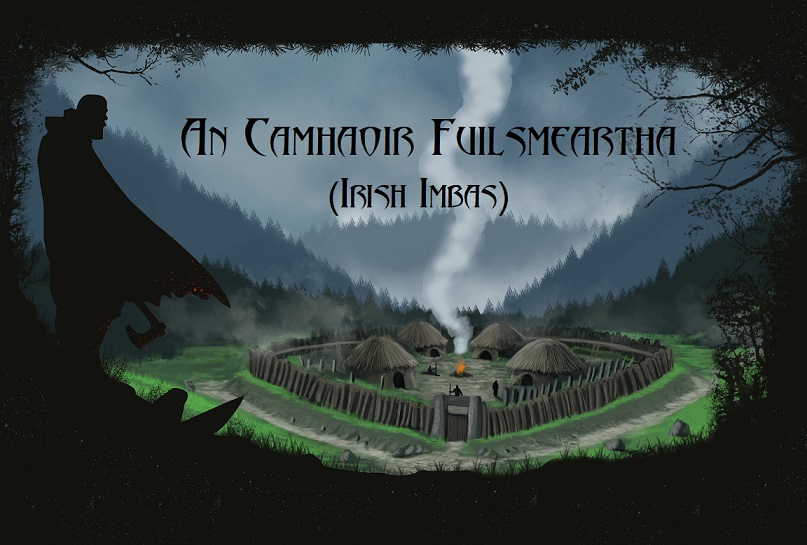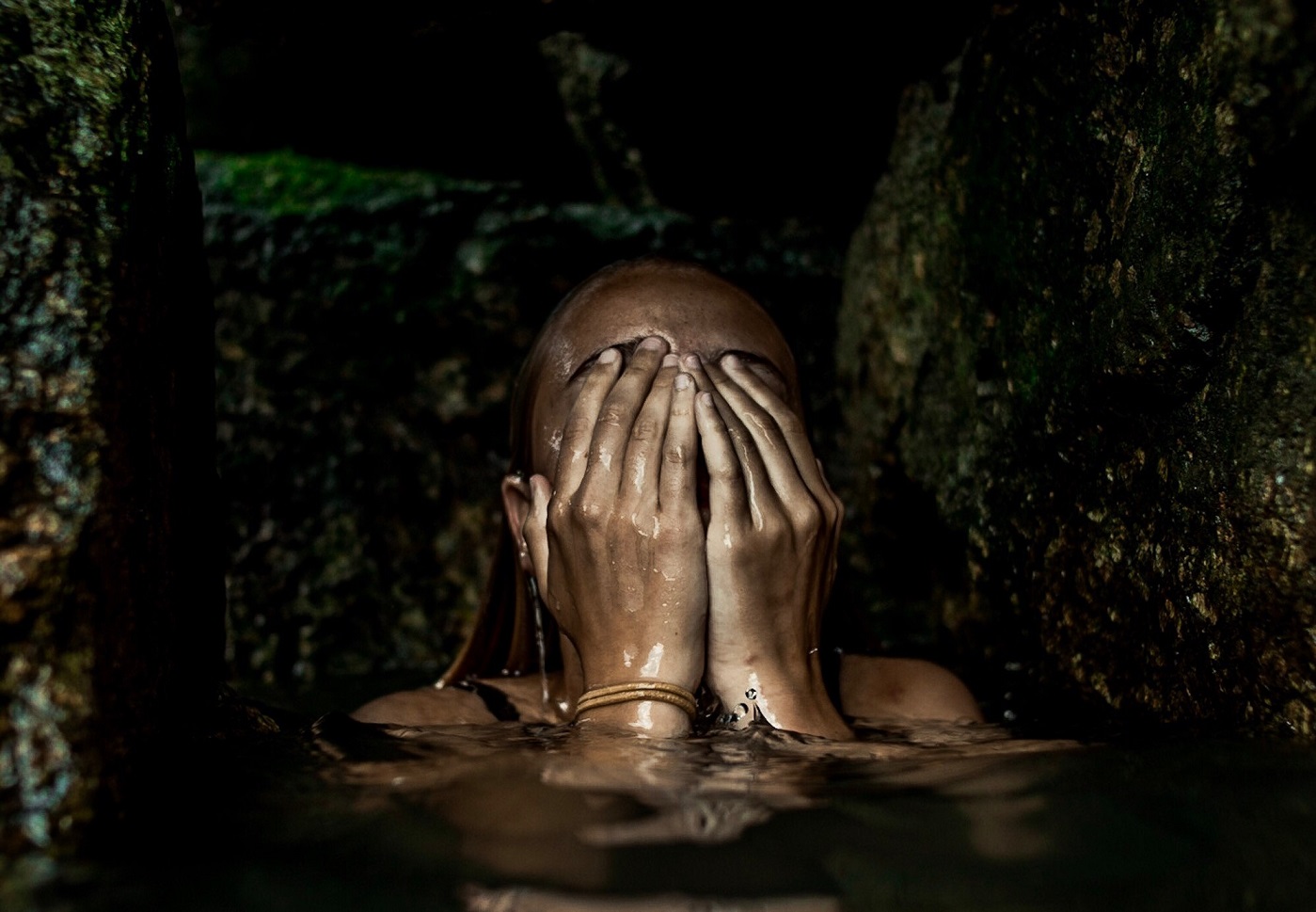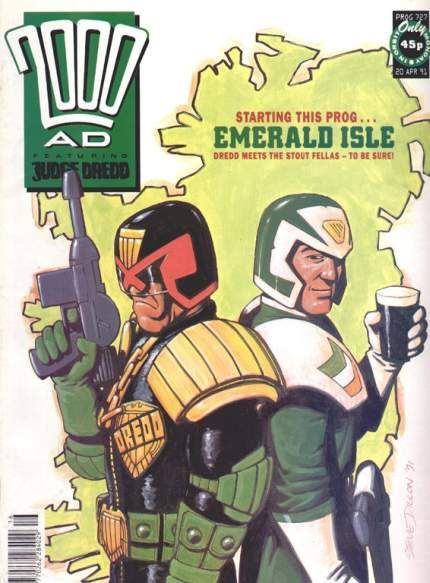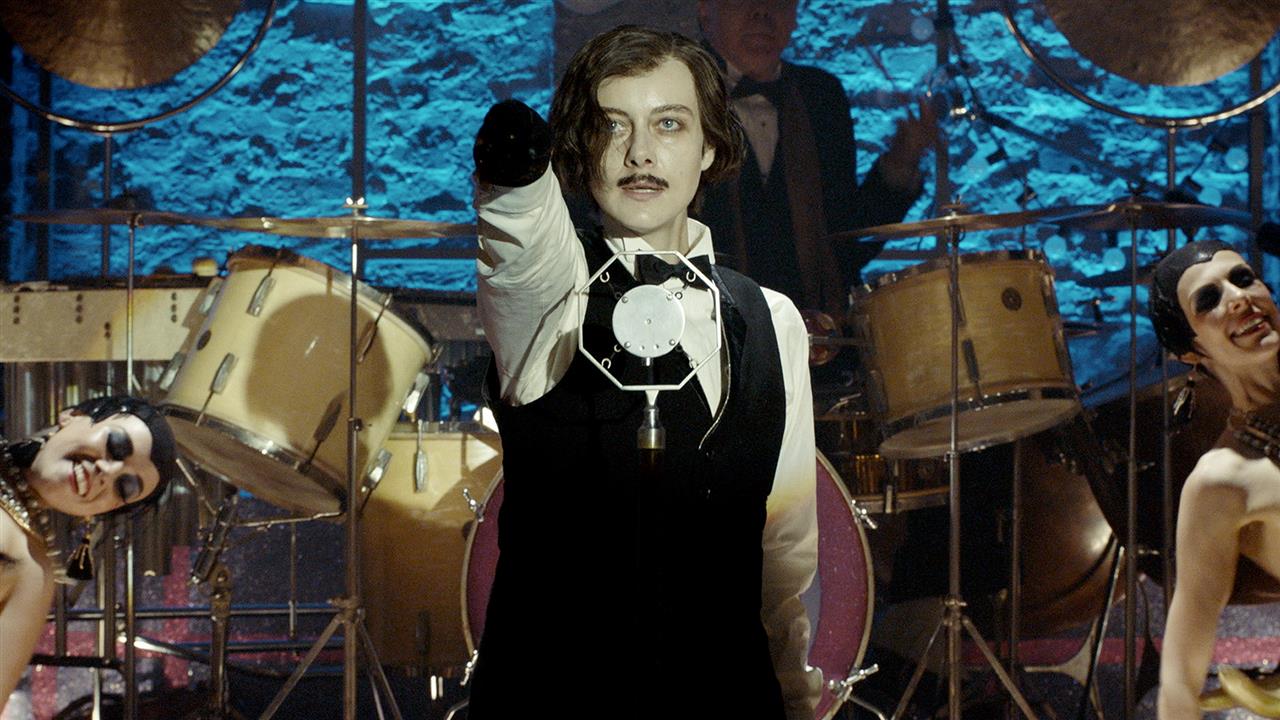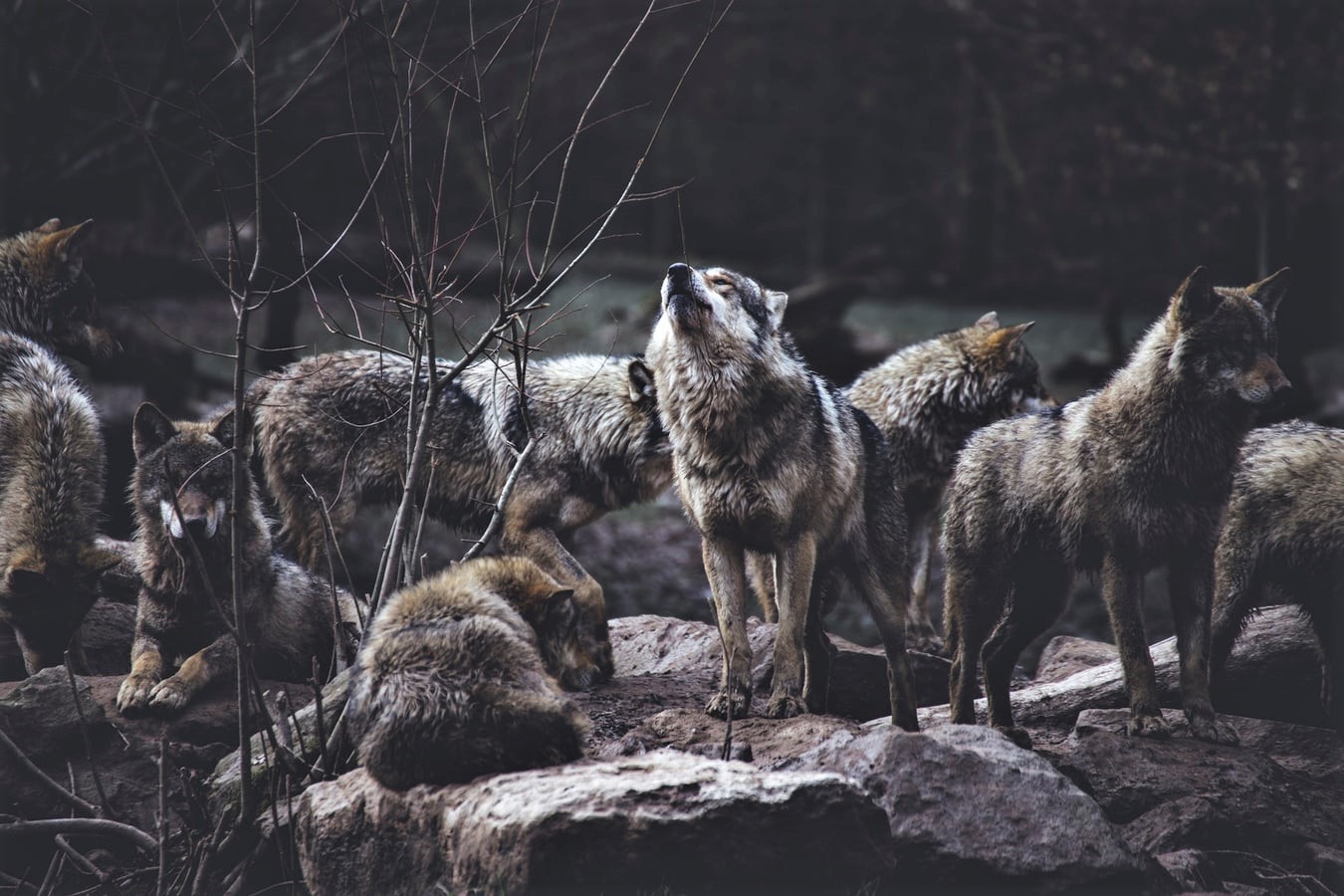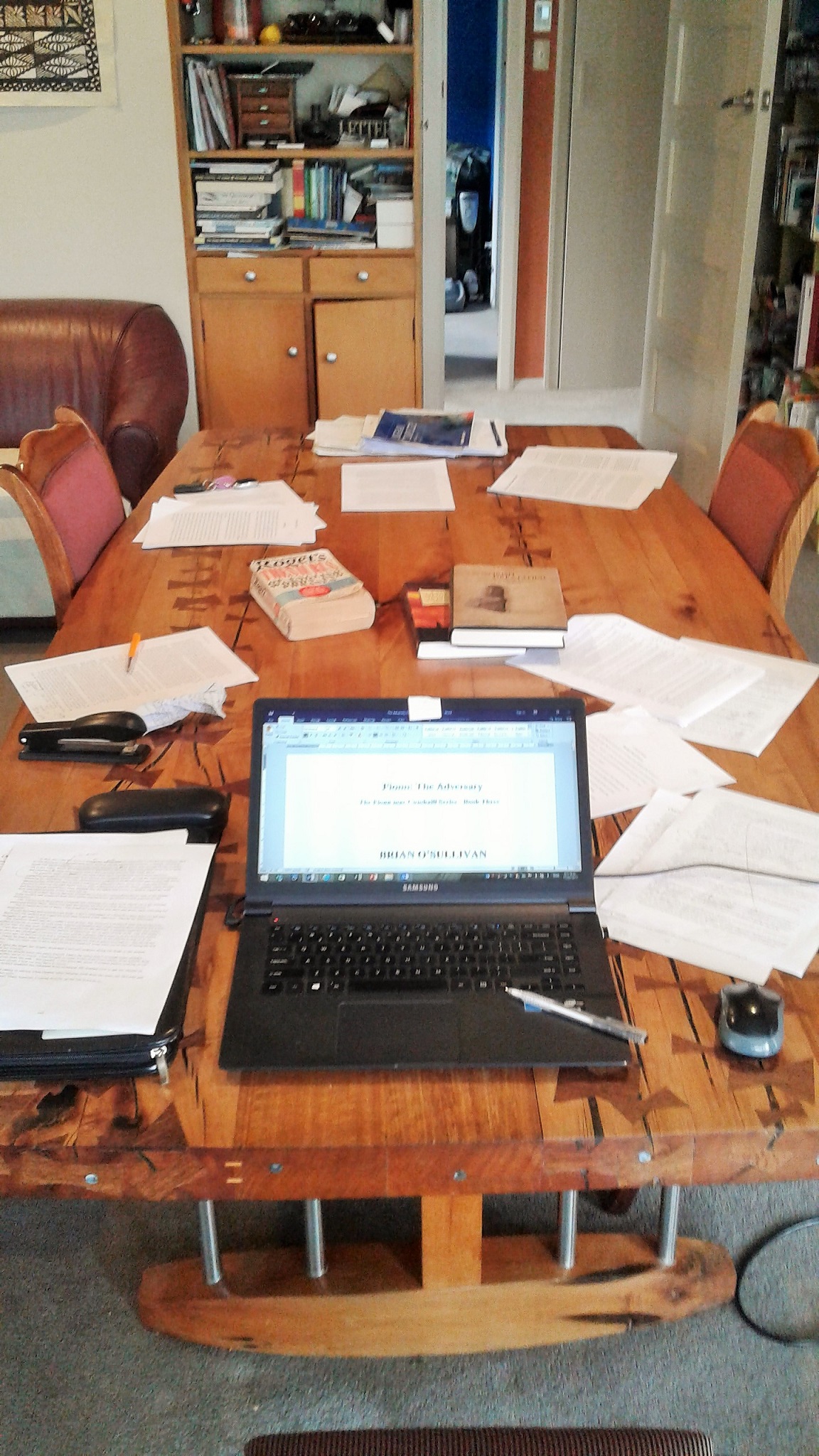
One of the aspects I delve into a little deeper with the book Liath Luachra: The Seeking (and the entire series, in fact) is around the workings of ‘tribes’, at least in terms of how they related to ancient Ireland.
The concept of ‘tribe’ (‘tuath’ or ‘treibh’ in Irish) is one that most westerners are familiar with on an intellectual level. Due to the individualised, ‘nation’-based societies in which the vast majority of us now live in however, we don’t really have a practical understanding of how tribal systems function or how they influence human interaction or behaviour.
If you look up a definition of ‘tribe’ from the usual sources, most English-based dictionaries will usually define it in the form of ‘a human population’ that has the basic elements of:
- a common ancestry; and
- a common/homogenous culture
Which is a bit simplistic, to be honest.
When you think about it, it’s a pretty fundamental for people to come together. And that’s not only for social interaction but for the purpose of survival in threatening or trying circumstances. When it comes to human beings, the established truth is that, over the longer term, groups of people tend to operate (and survive) far more effectively than individuals, particularly where there’s an established interdependency between their members. That’s summed up quite nicely by the old Gaelic saying:
‘Maireann na daoine ar scáil a chéile’
It’s in the shadow of one another that people endure.
In ancient Ireland, where the population was substantially smaller than it is today, the most natural groupings would have been those based on familial bonds. Like all families however, those relationships were dynamic in that once groups reached a certain size (and the interdependency or internal bonds between people weakened), members would have ‘moved out’, splitting away from the larger group to form ‘sub-tribes’, some eventually growing large enough to be recognised by others as tribes in their own right. Certain tribes of course, would have gone the opposite way, combining with other tribes to form much larger tribal confederations.
One aspect of tribal life that many modern – particularly western – definitions tend to overlook, is the importance of a common geographical territory or ‘homeland’ in which tribes operate and over which they hold authority (even nomadic tribes have established routes they follow). This element is important as land ‘roots’ the society living on it. Basically, that means that over a long period of occupation, people establish very strong interactions with – and connections to – the land, connections that strengthen tribal identity. This is one of the reasons, tribal identity tends to be far stronger and encourages far greater loyalty than ‘national’ identity’.
Losing authority or control over a territory (as expressed through a tribe’s continued occupation or presence on it) – would have had a deleterious effect in that it separated tribal members from their established cultural history and stories – critical factors of identity (and probably linked to the reasons many westerners grapple with their own sense of ‘belonging’).
Unfortunately, even today, many western nations struggle to understand tribal models as they don’t fit neatly into their paradigm and/or governance systems. Some western governments, seeing them as something that doesn’t concur with their concept of ‘nationhood’, simply don’t want to.
And that’s a loss for everyone.
